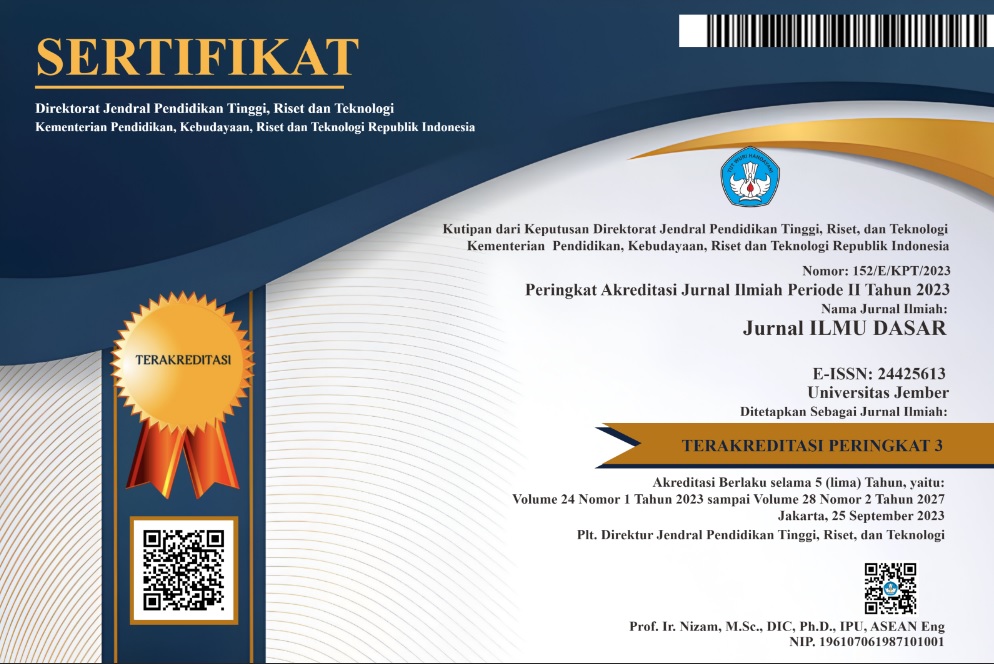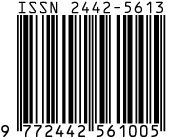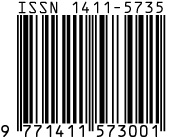Resistance against Bacillus thuringiensis endotoxins in a laboratory population of Helicoverpa armigera is based on an elevated immune status
Abstract
Recent observations suggest that lectin-like toxins, such as endotoxins from Bacillus thuringiensis are sequestered inside the gut of immune-induced insects providing tolerance to Bt-formulations. To investigate the induction and sequestration process, we used toxin and lectins that bind to galactosamine (Gal) and N-acetylagalactosamine (GalNAc) to identify binding sites in the midgut of induced and non-induced insects using confocal microscopy. Our observations suggest that immune and metabolic hemolymph components are transported across the gut epithelium and accumulate inside the gut lumen in Bt-tolerant insects. Co-location of immune components and toxin indicates that some of the toxin is inactivated by coagulation reactions inside the gut lumen before it can reach the brush border membrane
How to Cite
SARJAN, Muhammad et al.
Resistance against Bacillus thuringiensis endotoxins in a laboratory population of Helicoverpa armigera is based on an elevated immune status.
Jurnal ILMU DASAR, [S.l.], v. 10, n. 1, p. 77-84, may 2013.
ISSN 2442-5613.
Available at: <https://jurnal.unej.ac.id/index.php/JID/article/view/193>. Date accessed: 25 nov. 2024.
Issue
Section
General












